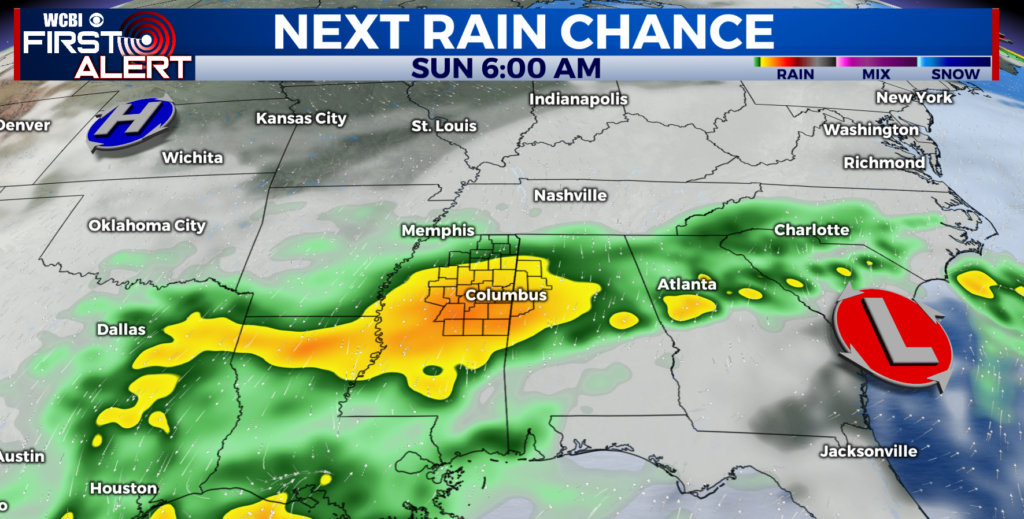Use Tree Stands Safely for Enjoyable Hunt

John Louk with the Treestand Manufacturer’s Association demonstrates a properly secured safety harness when using a lock-on tree stand.
(File photo courtesy of the Treestand Manufacturer’s Association)
BY JESSICA TEGT
MSU Wildlife Extension Professor
One of the most useful tools for hunters, besides their weapons, is a tree stand.
The basic function of a tree stand is to elevate hunters off the ground to improve their visibility of an area. A good tree stand location can also provide cover and prevent game from detecting human scent.
There are many safety concerns associated with using elevated tree stands. Many Southeastern states report tree stands as the major cause of hunting-related injuries and deaths. Proper use of tree stand equipment will help to prevent these injuries. Following a few basic guidelines to ensure proper tree stand use will see you climbing safely for many hunting seasons to come.
There are five main types of tree stands that hunters use. Choosing the right one depends upon preferred design, location of the stand and price.
The most basic design is the fixed stand that attaches to a tree using straps, chains, cords or rope. Although it is fairly portable, this stand requires climbing gear to reach ideal heights.
Permanent stands are much less portable and are built for many years of hunting in the same location. They can resemble anything from a platform to a tree house. Although conveniently located for each hunting season, permanent stands pose the most safety risks. They weaken over time with constant exposure to wind and weather.
Ladder stands are seats or platforms attached to the end of a tall ladder. They are often big and bulky but are the easiest to access. When climbing a ladder stand, make sure to have three points of contact with the ladder at all times to support your body weight. If using a platform stand, climb higher than the stand and slowly lower your weight onto the platform to maintain balance.
Climbing stands are becoming more popular as designs improve, but they require some extra know-how for use and safety. Most climbing stands allow hunters to slide incrementally up a tree using his or her body weight as leverage.
Tower stands have gained popularity in recent years because they are freestanding and are a good choice for areas that don’t have many trees to support a platform stand. Some tower stands are permanent wooden or metal structures, while others are made of light aluminum material.
The best tips are to be prepared and plan ahead.
A full-body harness, when worn properly and attached to the tree as soon as you begin to climb, is the best way to prevent falls. The full body harness is far superior to waist belts and upper-body-only harnesses, which can cause injury or death.
Wear non-slip boots when climbing, and keep the tether line tight to minimize fall distance. Do not carry equipment while climbing. Instead, use a haul line to raise and lower weapons or other gear. Remember to unload firearms before attaching them to a haul line.
Choose the right stand for the tree, or choose the right tree for your stand. Clear debris from around the base of a tree or tower stand, and check for insects, nests or animals dens in and around the tree or stand. Make sure that dead limbs or trees less than 8 inches in diameter are not used to secure a tree stand. Always match the weight rating of the tree stand to your body weight plus the weight of your gear.
Check the weather forecast before heading out to hunt. Outdoor conditions such as lightning, rain and high winds can make an elevated tree stand unsafe.
Finally, always let someone know where and when you plan to hunt. Cell phones do not always work in densely covered areas, but having a phone or two-way radio may allow you to call in an emergency.
The Treestand Manufacturers Association provides more information on tree stand designs, placement and safety at http://www.tmastands.com.





Leave a Reply